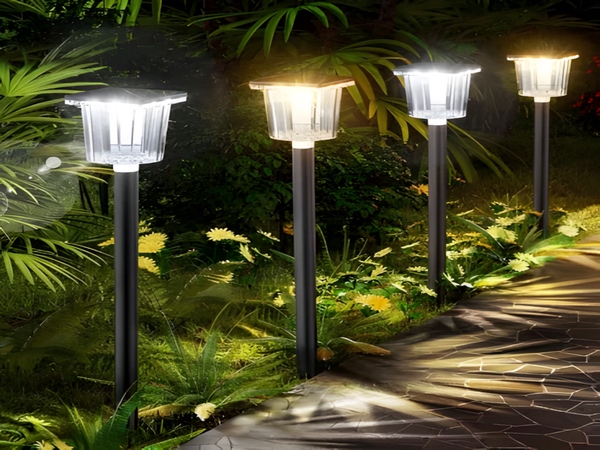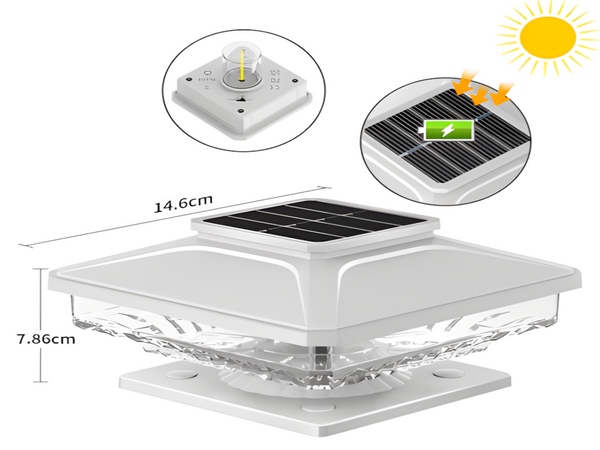
Danger factors in the maintenance of solar street lights:
First: Working on the road with many people and vehicles creates a complex site, increasing the risk of traffic accidents.
Second: Maintenance workers operating on elevated platforms face risks of falling from heights, which includes falls of personnel and falling objects, such as fixtures or equipment tipping over.
Third: The risk of electric shock, such as electric leakage from wires or cable boxes.
Fourth: During construction and maintenance, there may be incidents of poles falling and causing injuries. Additionally, widespread power outages may occur due to faults in low-voltage supply circuits, high-voltage failures, aging facilities leading to safety accidents such as electric leakage, falling fixtures resulting in injuries, and outages caused by cable theft. However, the most significant and frequent hazards are falls from heights and injuries from falling objects.

Accident prevention measures for street light maintenance: When maintaining street lights, workers may work at heights exceeding ten meters, presenting substantial dangers. Maintenance units should prioritize safety management and establish an effective safety management program. This includes conducting risk assessments and preparation before work, as well as completing necessary application and approval procedures.

During implementation, the on-site safety supervisor should remain vigilant, and workers should strictly adhere to safety operating procedures. If unsafe conditions are noticed, work should be halted immediately. In the event of an accident, prompt action is required. Upon completing the work, the site should be thoroughly cleaned before leaving. Additionally, the following safety requirements should be observed:
General requirements for working at heights for solar street light manufacturers:
1. Personnel working at heights must pass health assessments and receive specialized training and certification before being allowed to work.
2. The organization should provide qualified personal protective equipment for workers, such as safety helmets and safety harnesses. Workers must wear and use these according to regulations.
3. Communication signals or devices should be established above and below the elevated work area, with designated personnel in charge. The manufacturer should set specific safety warning signs based on the work environment; red lights should be used for warnings at night.



